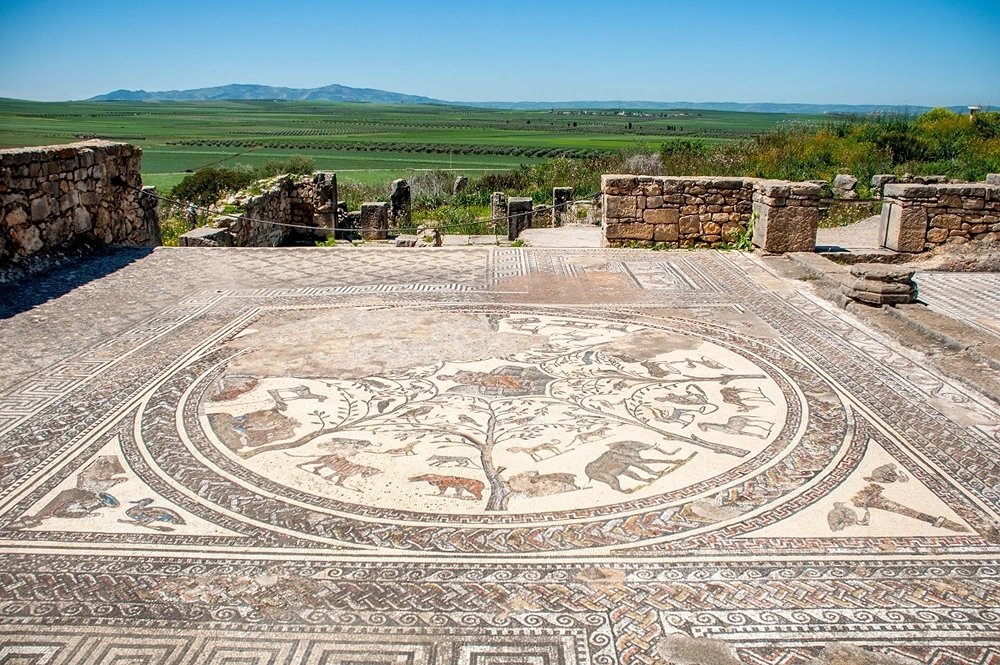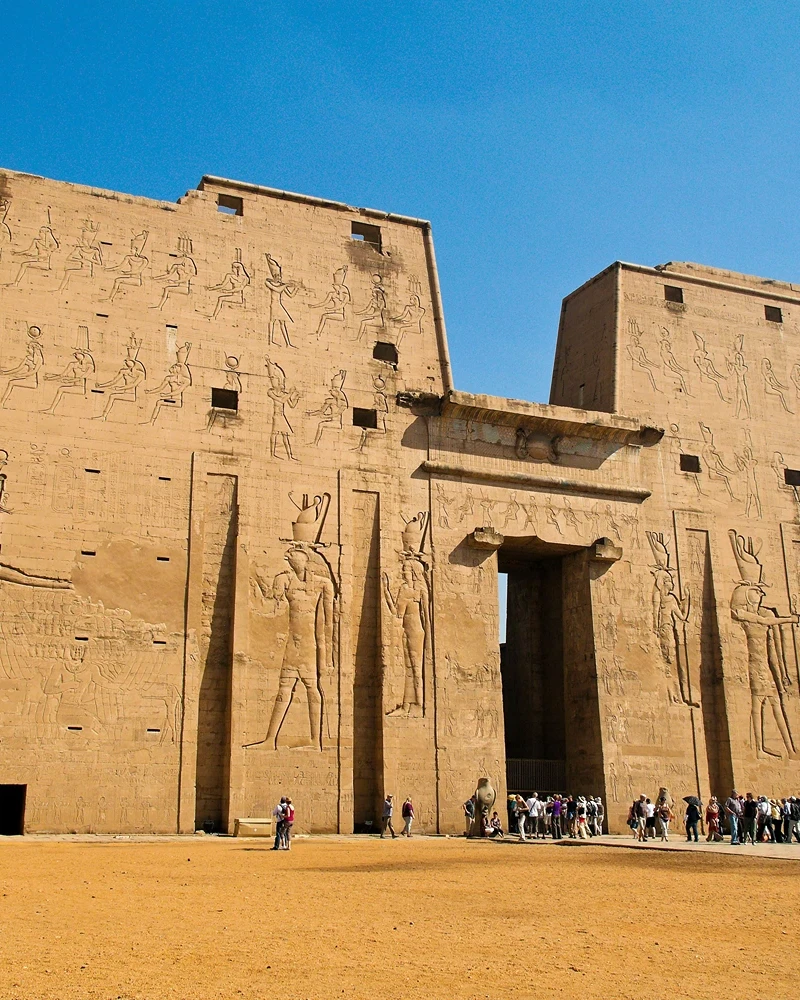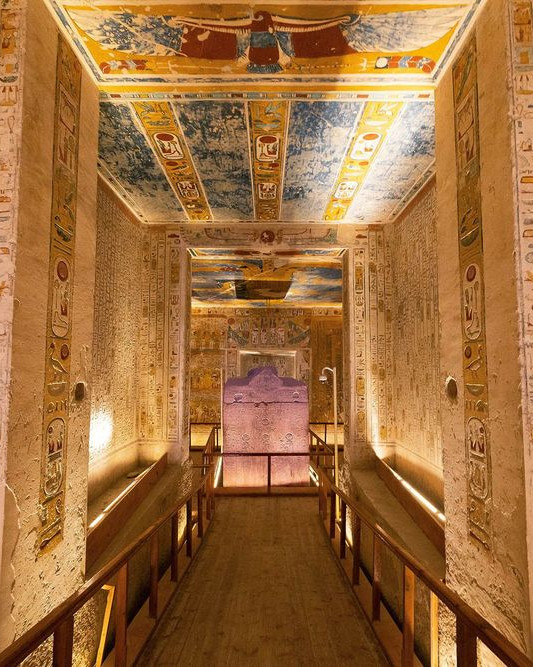What if the most fascinating slice of ancient Rome wasn’t in Italy but nestled in the heart of Morocco? Volubilis, the ancient Roman city located just north of Meknes, offers a unique glimpse into Roman history far from the empire’s center. This UNESCO World Heritage Site, sprawling across 42 hectares, stands as a testament to Rome’s reach and its cultural imprint on North Africa. Join us as we uncover the historical significance, architectural marvels, and practical details of visiting Volubilis, transporting you back to a time when emperors ruled and empires expanded.
What is Volubilis?
Volubilis is an ancient Roman city located approximately 30-45 minutes north of Meknes, Morocco. This archaeological site spans around 42 hectares and provides an exceptional window into Roman urban planning and architecture. For visitors, the ruins offer an evocative experience, set against a backdrop of rolling Moroccan countryside.
Historically, Volubilis was a crucial settlement for the Roman Empire during the 1st century AD. It served as the administrative center of the Roman province of Mauretania Tingitana. The city’s strategic location and fertile land made it an important hub for agricultural production and trade. Its remnants reflect the wealth and significance it once held within the Roman Empire.
In recognition of its historical and cultural value, Volubilis was designated a UNESCO World Heritage Site. This prestigious status underscores its importance as a well-preserved example of Roman colonial architecture and urbanism in North Africa. The site continues to attract scholars and tourists alike, eager to explore its majestic ruins and learn about its storied past.
5 notable points about Volubilis:
- Located 30-45 minutes north of Meknes, Morocco.
- An important Roman settlement in the 1st century AD.
- Covers an area of approximately 42 hectares.
- Recognized as a UNESCO World Heritage Site.
- Offers a unique glimpse into Roman culture in Morocco.
Historical Background of Volubilis

Volubilis was initially part of the Mauritanian Kingdom from the 3rd century BC. The city served as a major center of administration and commerce, leveraging its strategic location and fertile surroundings. Its early years were marked by prosperity and growth, establishing it as a significant hub in the region.
The Romans occupied Volubilis in the 1st century AD, transforming it into an essential settlement within the Roman Empire. As part of the province of Mauretania Tingitana, Volubilis flourished under Roman rule. However, in 285 AD, the Romans abandoned the city due to increasing difficulties in defending it against local tribes. Despite this, the city remained inhabited for several more centuries.
Idris I, an early Moroccan ruler and grandson of the Prophet Muhammad, settled in Volubilis in the late 700s CE. His presence marked a significant chapter in the city’s history, intertwining it with the early Islamic period in Morocco. Volubilis continued to be inhabited until the 11th century, when its prominence began to wane.
French archaeologists began excavating Volubilis in the late 1800s. These efforts intensified after Morocco became a French protectorate in 1912, leading to substantial discoveries and preservation work. The excavations have provided invaluable insights into the city’s rich history and architectural grandeur.
| Time Period | Key Event |
| 3rd century BC | Part of the Mauritanian Kingdom |
| 1st century AD | Roman occupation |
| 285 AD | Roman abandonment |
| Late 700s CE | Settlement by Idris I |
| Late 1800s | French archaeological excavations begin |
Key Attractions at Volubilis
The Victory Arch, also known as the Arch of Caracalla, is one of the standout structures at Volubilis. Erected in 217 CE to honor Emperor Marcus Aurelius (Caracalla), this monument symbolizes the city’s importance within the Roman Empire. Another prominent structure is the civil Basilica, built around 200 CE, which served as the court of law and housed magistrates. Additionally, a temple dedicated to the Roman Trinity of gods—Juno, Jupiter, and Minerva—was constructed in 218 CE.
Volubilis is particularly noted for its well-preserved mosaics, which adorn several of the ancient houses. These artworks provide a glimpse into the luxurious lifestyles of the Roman elite who once inhabited the city. The mosaics depict various scenes, including mythological figures, hunting scenes, and intricate geometric designs, showcasing the artistic prowess of the era.
Other notable ruins at Volubilis include residential houses, public baths, and the main thoroughfare, Decumanus Maximus. These structures offer valuable insights into Roman urban planning and daily life. They represent the city’s architectural diversity and its significance as a bustling hub of activity during its peak.
6 key attractions at Volubilis:
- Victory Arch (Arch of Caracalla)
- Civil Basilica
- Temple of Juno, Jupiter, and Minerva
- Well-preserved mosaics
- Residential houses
- Public baths and Decumanus Maximus
Visitor Information for Volubilis

Visiting hours for Volubilis are from 8:30 AM until one hour before sunset. Admission prices are set at 70dh per person for foreigners and 10dh per person for Moroccans and residents. These hours allow ample time to explore the extensive ruins and capture the essence of this ancient Roman city. For those looking to avoid the heat and crowds, the best times to visit are early in the morning or late in the afternoon. This timing not only offers a more comfortable experience but also provides better lighting for photography.
Given the limited shade on site, it is advisable to bring water and a parasol. There is a cafe available, but it is essential to stay hydrated, especially during the hotter months. The ruins are expansive and require a fair amount of walking, so comfortable footwear is recommended. With these preparations, visitors can fully enjoy their trip to this remarkable historical site.
5 tips for visitors to Volubilis:
- Visit early in the morning or late in the afternoon to avoid the heat.
- Bring water and a parasol due to limited shade.
- Wear comfortable footwear for extensive walking.
- Allocate enough time to explore the site thoroughly.
- Take advantage of the cafe on site for refreshments.
How to Get to Volubilis
Volubilis is located approximately 50 kilometers west of Fez and 20 kilometers north of Meknes. Visitors have several options for reaching this ancient Roman city, including public transport, guided tours, and self-driving. Public transport is available from both Meknes and Fez, with buses and shared taxis being the most common modes. Buses are generally reliable, but shared taxis offer a faster alternative for those willing to pay a bit more for convenience.
Guided tours to Volubilis are available from both Fez and Meknes. These tours are highly recommended for their affordability and the time-saving benefits they offer. A typical guided tour includes transportation, a knowledgeable guide, and often a visit to nearby attractions such as Moulay Idriss. This option is ideal for travelers who prefer a hassle-free experience and want to gain deeper insights into the historical significance of Volubilis.
For those opting to drive themselves, renting a car provides the most flexibility and convenience. The roads to Volubilis are generally in good condition, making the journey straightforward. However, it is essential to have a good map or GPS, as signage can be limited. Tips for public transport users include checking the bus schedules in advance and being prepared for potential delays. Whether you choose public transport, a guided tour, or self-driving, planning your trip carefully will ensure a more enjoyable visit to Volubilis.
| Mode of Transport | Details |
| Bus | Available from Meknes and Fez, reliable but slower |
| Shared Taxi | Faster alternative, available from Meknes and Fez |
| Guided Tour | Includes transportation and a guide, recommended for convenience |
| Self-Driving | Offers flexibility, good road conditions |
The Archaeological Significance of Volubilis

Volubilis offers a unique glimpse into the Roman Empire’s reach in North Africa. As one of Morocco’s nine UNESCO World Heritage Sites, it provides invaluable insights into Roman urban planning, architecture, and daily life. The city’s extensive ruins showcase the Roman influence on local culture and the strategic importance of this settlement in the region. For historians and archaeologists, Volubilis serves as a crucial piece in the puzzle of Roman imperial expansion and its lasting impact on North African societies.
French archaeologists began excavating Volubilis in the late 1800s, with efforts intensifying after Morocco became a French protectorate in 1912. These excavations have uncovered a wealth of artifacts and structures that shed light on the city’s historical significance. Key discoveries include residential houses, public baths, mosaics, and monumental structures like the Victory Arch and the Basilica. Each finding contributes to our understanding of the city’s role as a major administrative and commercial center during the Roman era.
Ongoing preservation efforts are vital to maintaining the integrity of Volubilis for future generations. The Moroccan government, in collaboration with international organizations, continues to invest in conservation projects aimed at protecting the site from environmental and human-induced damage. Future plans include more extensive excavations and the development of educational programs to enhance public awareness about the importance of preserving this historical treasure.
7 key archaeological findings at Volubilis:
- Victory Arch (Arch of Caracalla)
- Civil Basilica
- Temple of Juno, Jupiter, and Minerva
- Well-preserved mosaics
- Public baths
- Residential houses
- Decumanus Maximus (main thoroughfare)
Surrounding Attractions and Things to Do
Volubilis is situated approximately 20 kilometers from Meknes and 4 kilometers from Moulay Idriss, making it an ideal starting point for exploring nearby towns rich in history and culture. Meknes, a UNESCO World Heritage Site, offers a blend of historical landmarks and vibrant markets. It was once the capital of Morocco under Sultan Moulay Ismail in the 17th century, and it boasts impressive sites such as the Bab Mansour gate and the Mausoleum of Moulay Ismail. Moulay Idriss, on the other hand, is a quaint town relatively untouched by tourism, offering a more authentic Moroccan experience. It is considered a holy city, being the final resting place of Moulay Idriss I, the founder of the Idrisid dynasty.
A day trip to Volubilis can be seamlessly combined with visits to these significant locations. Starting early, visitors can explore the ruins of Volubilis before the midday heat. Afterward, a short drive to Moulay Idriss allows for a relaxed lunch in a traditional Moroccan setting. The town’s narrow alleys and local shops offer a glimpse into Moroccan daily life, away from the usual tourist trails. In the afternoon, continue to Meknes to discover its historical sites, bustling souks, and palatial architecture. This itinerary not only maximizes the day’s exploration but also provides a well-rounded cultural experience.
Unique experiences around Volubilis include sampling local cuisine in Moulay Idriss, such as the town’s famous nougat. Visitors can also participate in guided tours of Meknes to learn about its historical significance and architectural marvels. For those interested in local crafts, Meknes offers a variety of workshops where visitors can observe artisans at work. These activities provide enriching encounters with Moroccan culture, making the trip to Volubilis and its surroundings truly memorable.
5 suggested activities around Volubilis:
- Visit the Mausoleum of Moulay Ismail in Meknes
- Explore the Bab Mansour gate in Meknes
- Enjoy a traditional lunch in Moulay Idriss
- Sample local nougat in Moulay Idriss
- Participate in a guided tour of Meknes
Travel Tips for Visiting Volubilis

Hiring a guide when visiting Volubilis is highly recommended. Why should you hire a guide? A guide will provide in-depth knowledge about the history and significance of the ruins, making your visit more informative and engaging. Guides can point out details that you might otherwise miss, such as the intricate mosaics and the architectural nuances of the various structures. They also offer context about the daily life of the inhabitants during Roman times, enriching your overall experience.
For a comfortable and enjoyable visit, practical preparation is key. What should you bring and wear? The terrain at Volubilis is uneven and sandy, so wearing sturdy footwear is essential. Given the limited shade on-site, bringing water and a parasol is advised to stay hydrated and protect yourself from the sun. Visiting early in the morning or late in the afternoon can help you avoid the peak heat and enjoy the ruins in a more pleasant climate. This timing also provides better lighting for photography, allowing you to capture the site’s beauty effectively.
5 essential travel tips for visiting Volubilis:
- Hire a guide for an informative experience.
- Wear sturdy footwear due to uneven terrain.
- Bring water and a parasol for hydration and shade.
- Visit early in the morning or late in the afternoon to avoid heat.
- Allocate sufficient time to explore the site thoroughly.
Recommended Tours and Accommodations for Volubilis
Tours to Volubilis from Fez and Meknes offer a convenient and enriching way to explore this ancient Roman city. These guided tours typically include transportation, a knowledgeable guide, and often additional visits to nearby attractions like Moulay Idriss. Opting for a guided tour provides several benefits: it saves time, eliminates the stress of navigating unfamiliar roads, and offers insightful historical context that enhances the overall experience. Some popular tour operators even offer customizable itineraries to suit specific interests, making it easier to maximize your visit.
When it comes to accommodations, Meknes provides a range of options to fit different budgets and preferences. For backpackers, Mille Et Une Nuit offers a comfortable and affordable stay with basic amenities. Budget travelers might prefer Dar Meknes Tresor, which combines affordability with a touch of local charm. For those seeking a boutique experience, Riad Zidania offers a blend of traditional Moroccan decor and modern comforts. If luxury is what you’re after, the four-star Zaki Suites Hotel provides top-notch services and amenities, ensuring a lavish stay.
Booking tips are essential for a smooth trip. When reserving a tour, look for operators with good reviews and comprehensive packages that include transportation, guiding services, and possibly meals. Early booking is advisable, especially during peak tourist seasons, to secure availability and better rates. For accommodations, always check recent reviews and compare prices across different platforms to find the best deal. Whether you choose a guided tour or decide to explore on your own, planning ahead will contribute to a more enjoyable and hassle-free experience.
6 recommended tours and accommodations:
- Guided tour from Fez
- Guided tour from Meknes
- Mille Et Une Nuit (backpacker accommodation)
- Dar Meknes Tresor (budget accommodation)
- Riad Zidania (boutique accommodation)
- Zaki Suites Hotel (luxury accommodation)
Final Words
Covering the rich history and significance of Volubilis, this blog post takes readers through its Roman-era importance to its recognition as a UNESCO World Heritage Site.
From notable structures like the Victory Arch to intricate mosaics, Volubilis offers a detailed glimpse into ancient Roman life in Morocco.
For those planning a visit, key transport options, practical tips, and nearby attractions ensure a well-rounded experience.
Whether marveling at its archaeological finds or absorbing its historical significance, Volubilis remains a must-visit destination for history enthusiasts and travelers alike.
FAQ
Top Attractions
Imagine walking through a gateway to a bygone era, where…
Why would an ancient civilization dedicate 180 years to…
Why did the ancient Egyptians choose a secluded desert…





